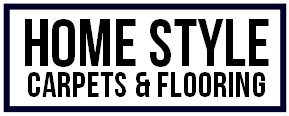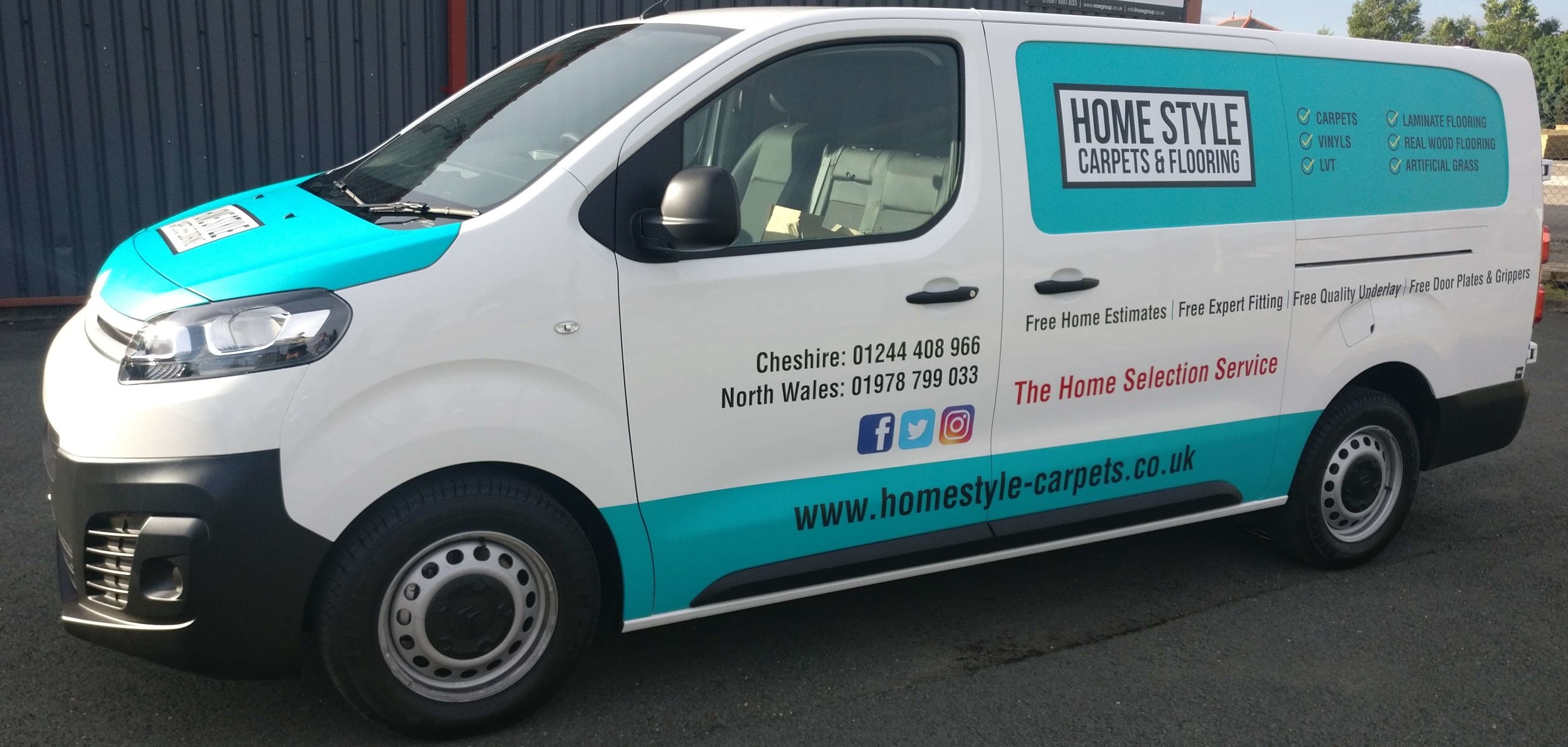Which floor choice is suited to kitchens – LVT or laminate?
/Out of all the rooms in the house, kitchens can see a lot of action, requiring them to have robust floors. From family members of all ages to their four-legged friends, kitchen flooring has to handle some serious footfall. Fitted in what is often the hub of the home and is the dedicated room for cooking – and sometimes dining – kitchen floors must cope with spills and splatters from food, drink, oils and greases. This makes it vital that they’re easy to clean, and as kitchens are rooms with regular water use, they’re also required to hold up well when wet.
Two popular choices floor choices are luxury vinyl tile (LVT) and laminate, and in the following sections, we’ll look at how these two options measure up against each other for kitchen use.
Appearance and price
Both laminate and LVT can look like natural stone tiles or planks of hardwood, but at a fraction of the price. This ensures you can have a high-end and stylish appearance for your kitchen without it costing the earth. You’ll find both products available in a wealth of different styles, tones, textures and colours, so you can easily match them with your existing fittings and fixtures. Pricewise, these two high-quality products are roughly comparable, and as aforementioned, are far more affordable than the natural floor coverings they imitate.
Hygiene and maintenance
LVT is exceptionally easy to care for. Entirely waterproof, it can be washed using a mop, with no special cleaners required, and it’s also hardwearing, so you can also vacuum it when necessary. Any cleaner can be used on this flooring, making it easy to shop for supplies, and no waxes or polishes are ever required.
Laminate flooring requires slightly more care. Excess water is unwise, as it can cause damage like warping, and vacuuming with a soft brush attachment is recommended to avoid chipping the corners of planks and tiles. Laminate flooring can lose its lustre in time, but specifically designed cleaners are available that help restore their shine.
Pet friendliness
Both LVT and laminate are well-known for standing up well against the claws of cats and dogs, but where their mess is concerned, LVT has the edge. When pets that aren’t housebroken have an accident, it can seep into laminate, while the impermeable nature of LVT ensures no liquids can penetrate the floor’s surface. Being easier to clean than laminate, LVT is also better suited to mopping up after messy eaters and their muddy paw prints.
Durability
Laminate and LVT are designed to be durable and cope with a lot of traffic. However, based in a kitchen where water spills are a common occurrence, LVT is better able to cope and less likely to be damaged than laminate.
As you can see, LVT and laminate floor coverings can appear like the same product, and even have similar costs. While both are hardwearing solutions, when it comes to the kitchen, LVT may be the better option, as it’s waterproof and easier to clean.

